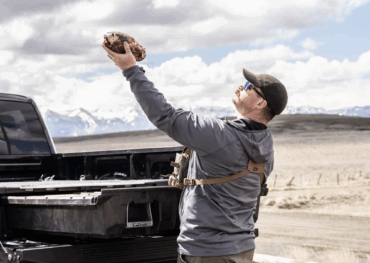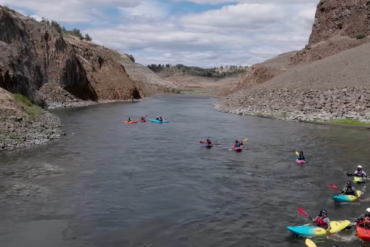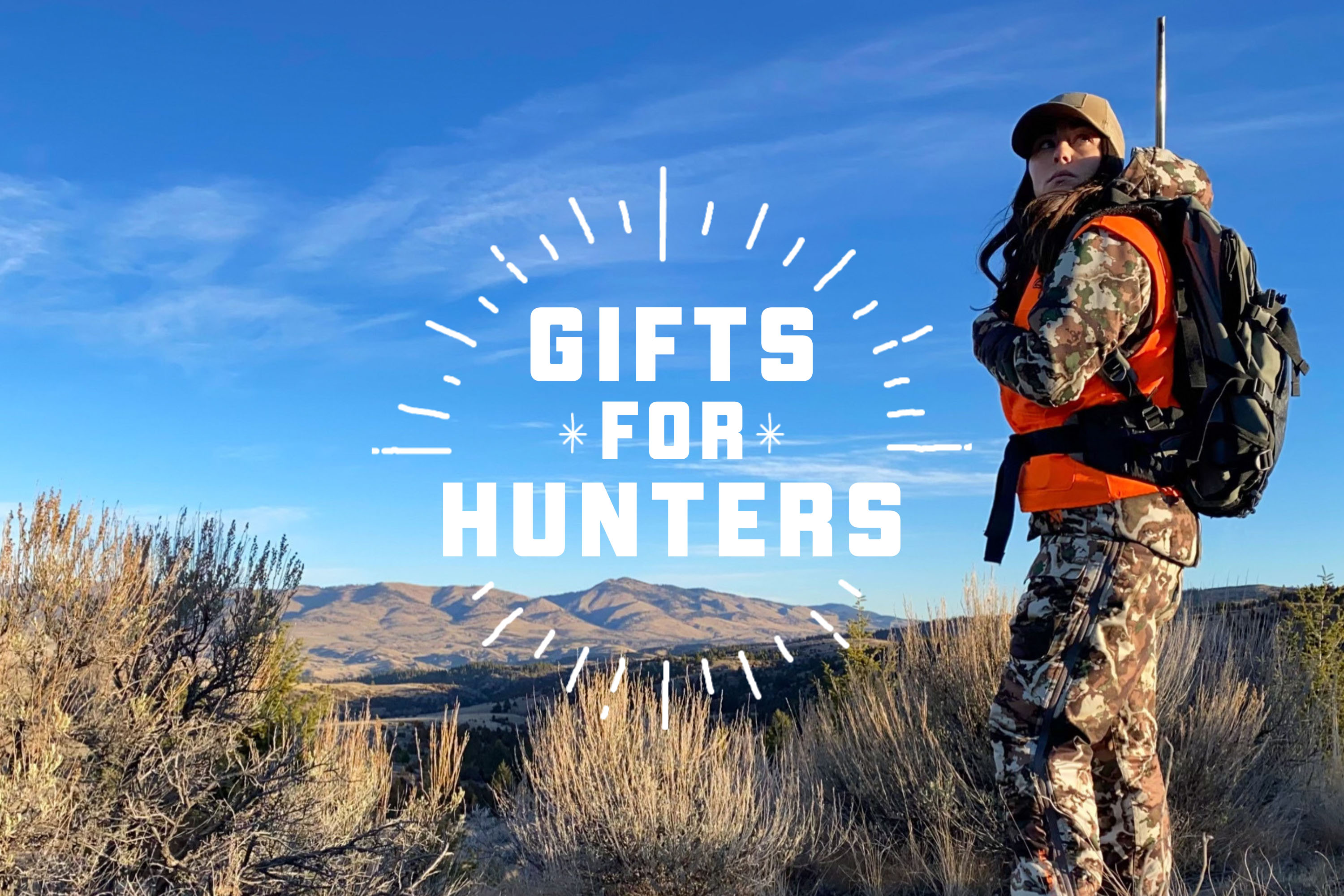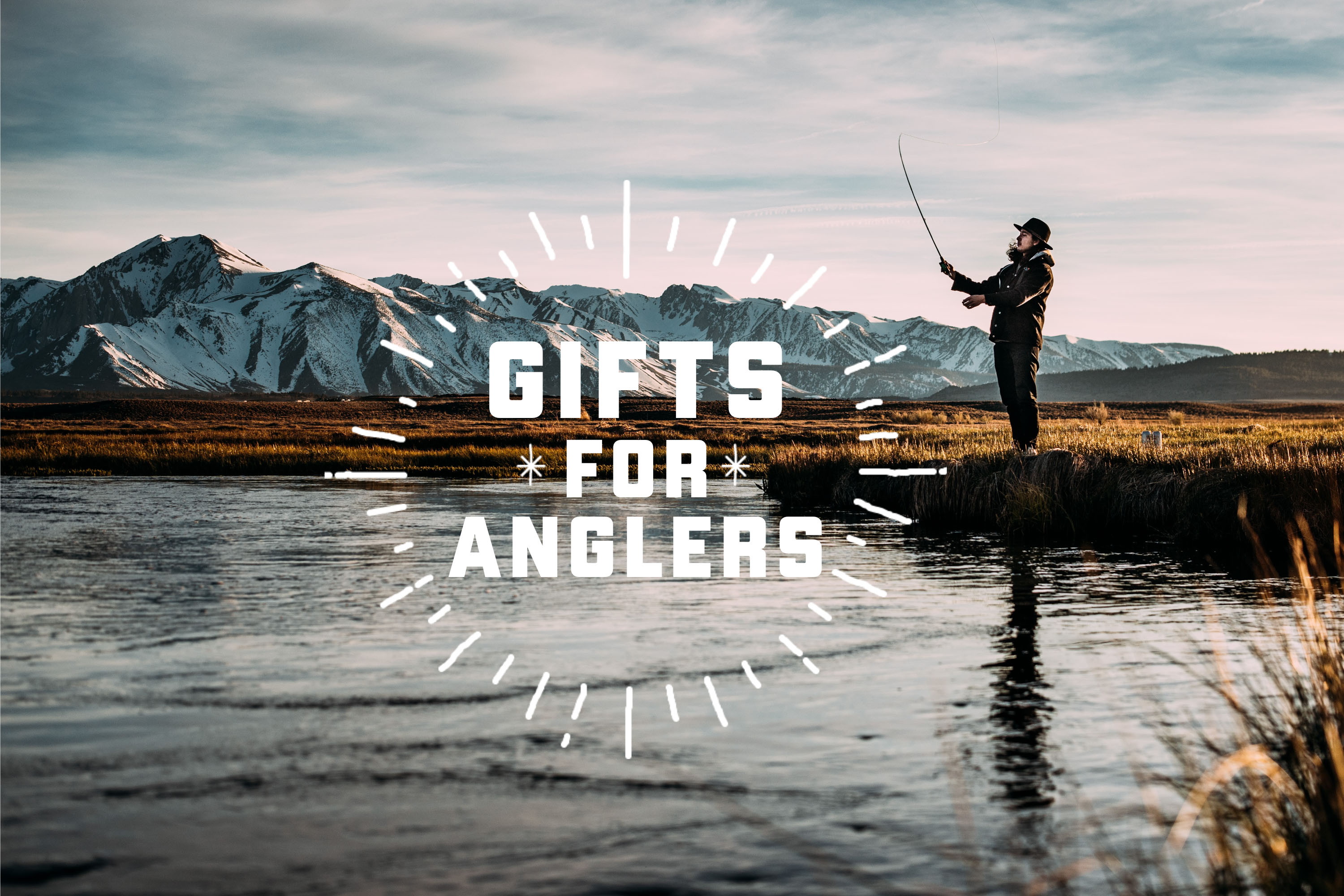Sometimes, bigger isn’t better. I had the opportunity to take the new Old Town Topwater in its 10-foot 6-inch incarnation for a test spin, and it held its own on small water.
At 10 feet 6 inches long, the Topwater is designed for fishing those ponds and small lakes that may be more difficult to access with a larger fishing kayak. I’ve struggled in the past with the lack of portability of bigger, heavier kayaks.
The Topwater offers a solution for getting in and out quickly, even when the path to water isn’t clear.
On the water, the Topwater is maneuverable and extremely stable. Overall, the Topwater performed nicely getting in and out of tight spots. This kayak was made for the small lake or pond fisherman and holds its own in that environment.
Old Town Topwater 106 Specs
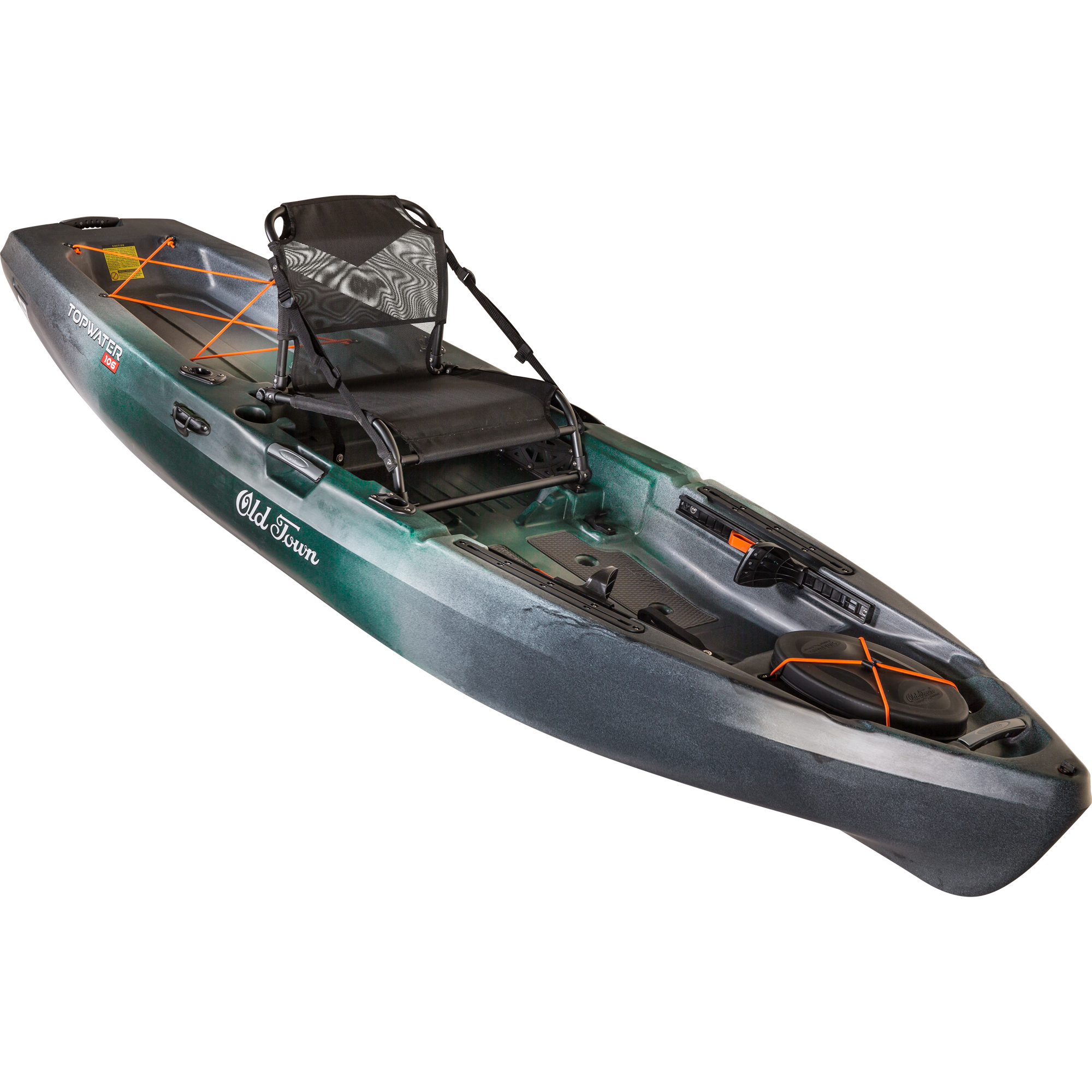
- Length: 10 feet 6 inches
- Width: 34.5 inches
- Weight: 73 pounds
- Max Capacity: 440 pounds
- Price: $899.99
Old Town offers the Topwater in three different models: The Topwater 106 Angler ($900), the Topwater 120 Angler ($1,000), and the Topwater PDL Angler ($2,000).
Small-Water Ready
The Topwater was designed for ponds and creeks, where skimming lily pads and scooting over shoals is a priority. I fished with it in several small farm ponds with cattails and shrubs choking the banks.

These ponds can be fished from the bank with traditional tackle and some patience, but a fly rod was out of the question. At just 73 pounds, the Topwater got me off the bank and fishing headache-free with ease.
On the water, the stability of such a small statured kayak stood out. I’m 6’5” and 230 pounds (give or take a few), so I was somewhat concerned about how the Topwater would handle standup fishing.
An assist strap and EVA foam on the deck made getting up and standing fairly comfortable. Once on your feet, the wide-bodied, tritoon hull design kept the wobbles to a minimum.
I also found the seat to be extremely comfortable, and the mesh back helped stave off the midsummer back sweat we’re famous for here in the Midwest.
I didn’t fish the Topwater with electronics, but when I do, there is a perfectly placed transducer mounting plate on the bow ready and waiting. Tracks along the left and right sides of the rails allow for customization of electronics needs.
Storage
Along with fishability, the Topwater has some nice touches to keep you focused on fishing and not looking for your stuff. You won’t find tons of self-contained storage, but the Topwater is designed to be small and light, and fishing a pond or creek doesn’t require a nine-tray behemoth of a tackle box either.
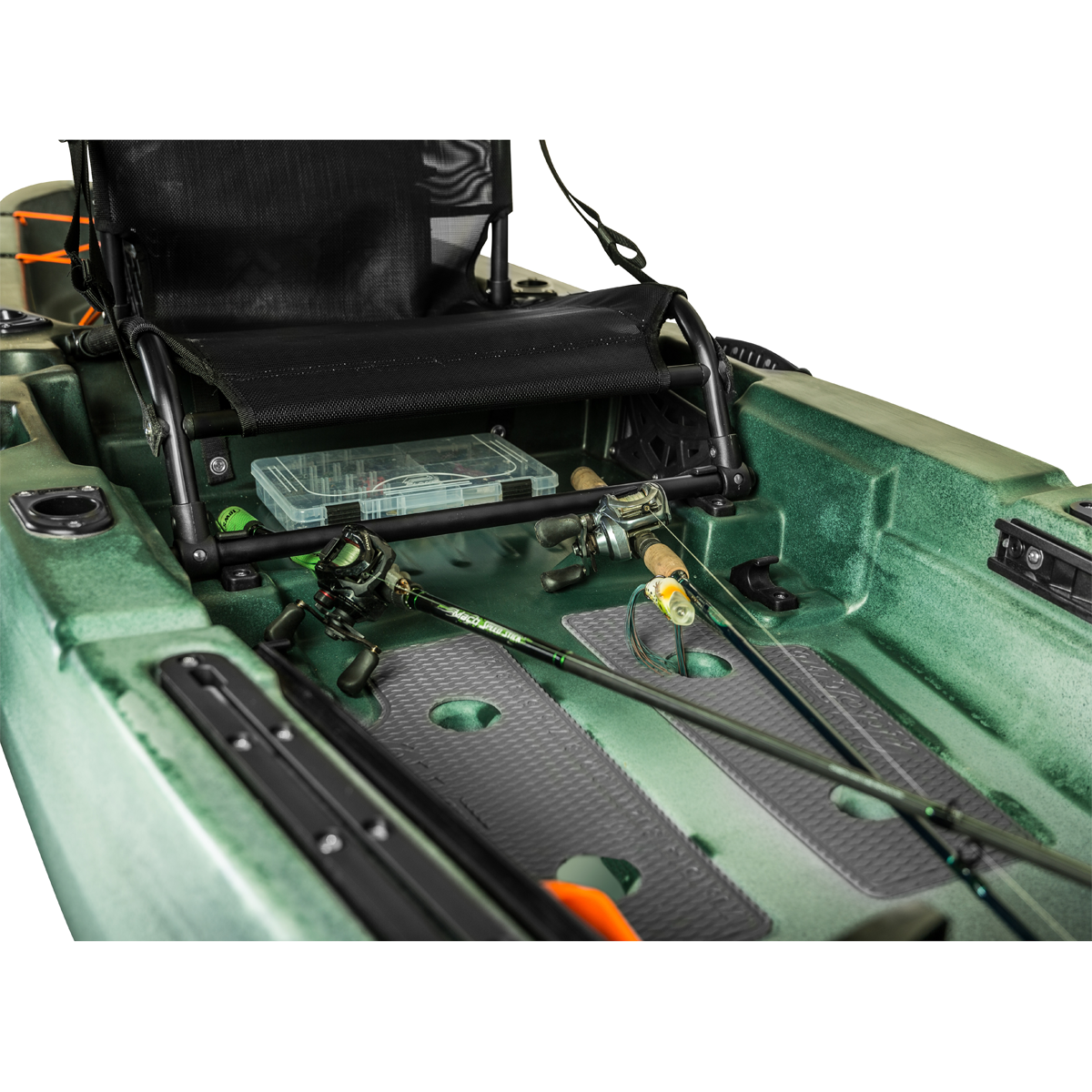
However, if you can’t decide which tackle box to bring, the Topwater has a total weight capacity of 440 pounds. That should cover you, your pup, and plenty of crankbaits.
Three built-in rod holders allow for the quick changeouts for the switch from largemouth to bluegill and back again. The forward-facing rod holder just to the right of the seat is a great addition — I found myself using it every time I unhooked a fish or tied on a new lure.
The space below the seat is a perfect spot for a small tackle box and the essential tools, and the large well just behind the seat gives you plenty of room to store more tackle, a net, and a small cooler for when the sun gets higher.
Portability
I’ve already briefly touched on this, but this kayak really shines in the portability department. I have a larger, pedal-drive kayak that is perfect for open water and longer distances. But it’s heavier and more difficult to maneuver in tight spaces.
The Topwater is much lighter at 73 pounds, and the small frame — 10 feet 6 inches long and 34.5 inches wide — make getting it off the truck and onto the water a much simpler task.

Besides the size, the Topwater is also easy to maneuver in the water. A small draft means better responsiveness, and the hull design glides over weed beds with ease.
Old Town Topwater 106 Angler: Best on Small Water
 While the Topwater is very stable, it is definitely more at home on ponds, creeks, and small lakes where chop is at a minimum and the distances from A to B are shorter.
While the Topwater is very stable, it is definitely more at home on ponds, creeks, and small lakes where chop is at a minimum and the distances from A to B are shorter.
You probably won’t be winning any speed or distance races with the Topwater, but that’s not what it was designed for.
If you mainly fish larger bodies of open water, I would look at something built for that environment. A longer hull and a sleeker design would probably suit the average fisherman better under those circumstances.
An Arrow in the Quiver
Getting out on the lake and paddling from cove to cove definitely has its place. But few things are more fun than hitting the local farm pond and seeing nonstop panfish action on a summer evening.
If that’s your thing too, you’ll find the Topwater to be just right. It’s easy to put in, maneuver, stand up on, and get out of.
Joel Mason is a “professional amateur” hunter chasing whitetails and bobwhites in the Flint Hills of Kansas. He likes to fling flies when it’s not hunting season and is a true small-game admirer and aficionado. He believes poison ivy exists to discourage morel hunters from finding his secret spots.
